The short answer to this question is almost certainly no, there aren’t any grizzly bears left in Colorado-almost certainly, that is. The long answer explains why these fearsome animals are missing from Colorado and tells us some hard truths about the impact the state’s swelling population is having on local wildlife habitats.
Colorado’s Last Recorded Grizzly Bear
Colorado officials prematurely declared grizzly bears extinct in Colorado only to be surprised to discover one last animal in 1979. Archer Ed Wiseman inadvertently approached a sleeping bear and was attacked outside of Pagosa Springs. The bow and arrows were knocked out of his hands.
During the brutal altercation, Wiseman managed to grab an arrow from the ground and stab the bear, which retreated and eventually died near the New Mexico border. Nearly dead from his wounds, Wiseman clung to life that evening and was airlifted to an Alamosa hospital the following day.
For the next seven months, the incident was investigated to ensure that Wiseman acted in self-defense and didn’t intentionally hunt the bear. After passing a polygraph test in 1980, the case was dropped.
Today, the bear’s hide and skull are on display at the Denver Museum of Nature & Science. But not every expert is entirely convinced the museum houses what is truly the state’s last grizzly bear.
Remaining Grizzlies in the U.S.
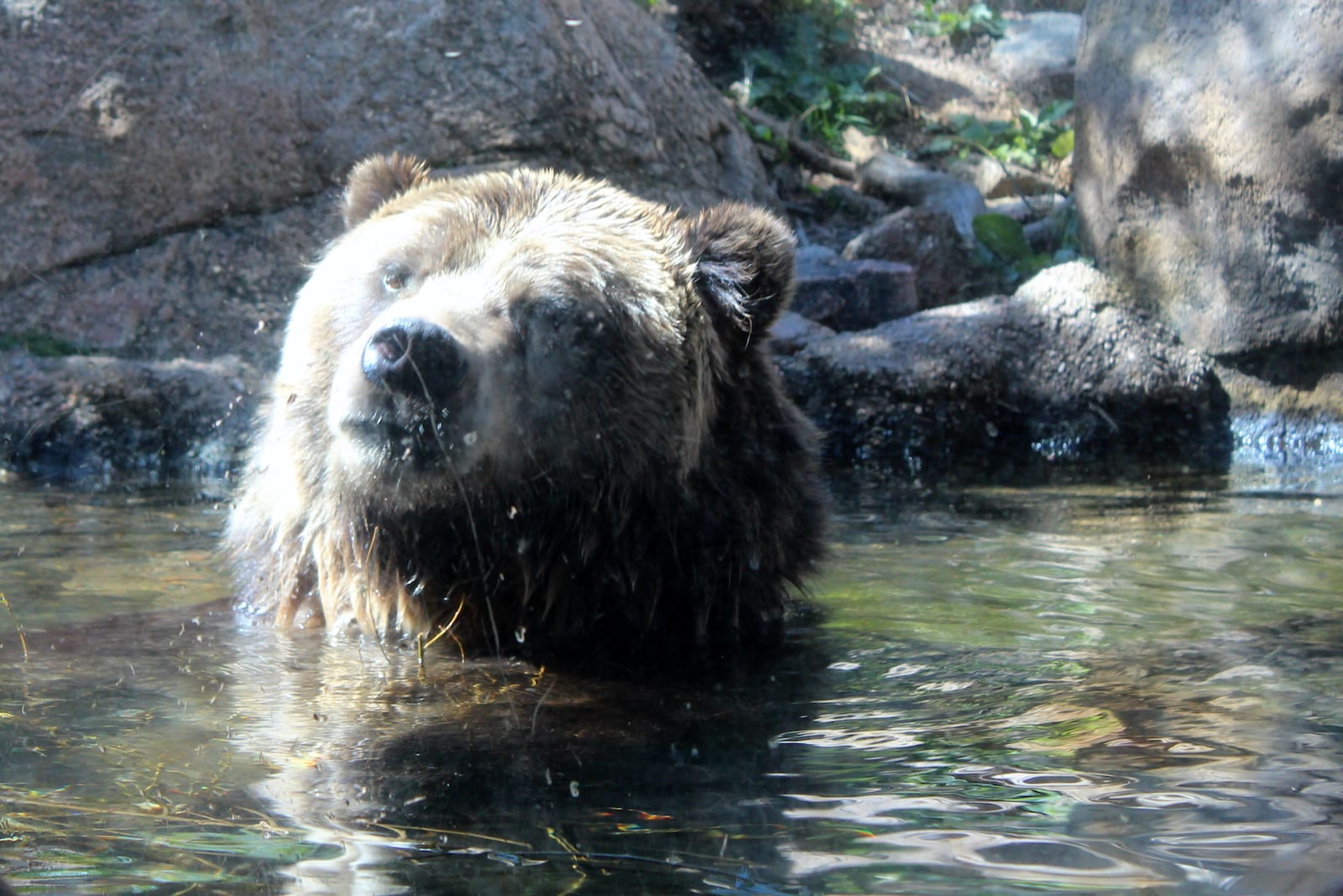
In a 2019 interview with Colorado Public Radio, author David Peterson said there was a “minuscule chance” of grizzlies remaining somewhere out there in the Colorado wilderness. Peterson has researched the subject for years, according to CPR. Sightings of the bears are announced every once in a while, but no one has been able to confirm the reports.
Grizzly bears are still a predominant natural fixture in Montana, Wyoming, and Idaho and are actually thought to be expanding their territory, a habitat that has seen a dramatic reduction over the past two centuries.
They are also found in Washington’s Selkirk Mountains by its northern border with Canada. Alaska, of course, is well known for its presence of this massive mammal too.
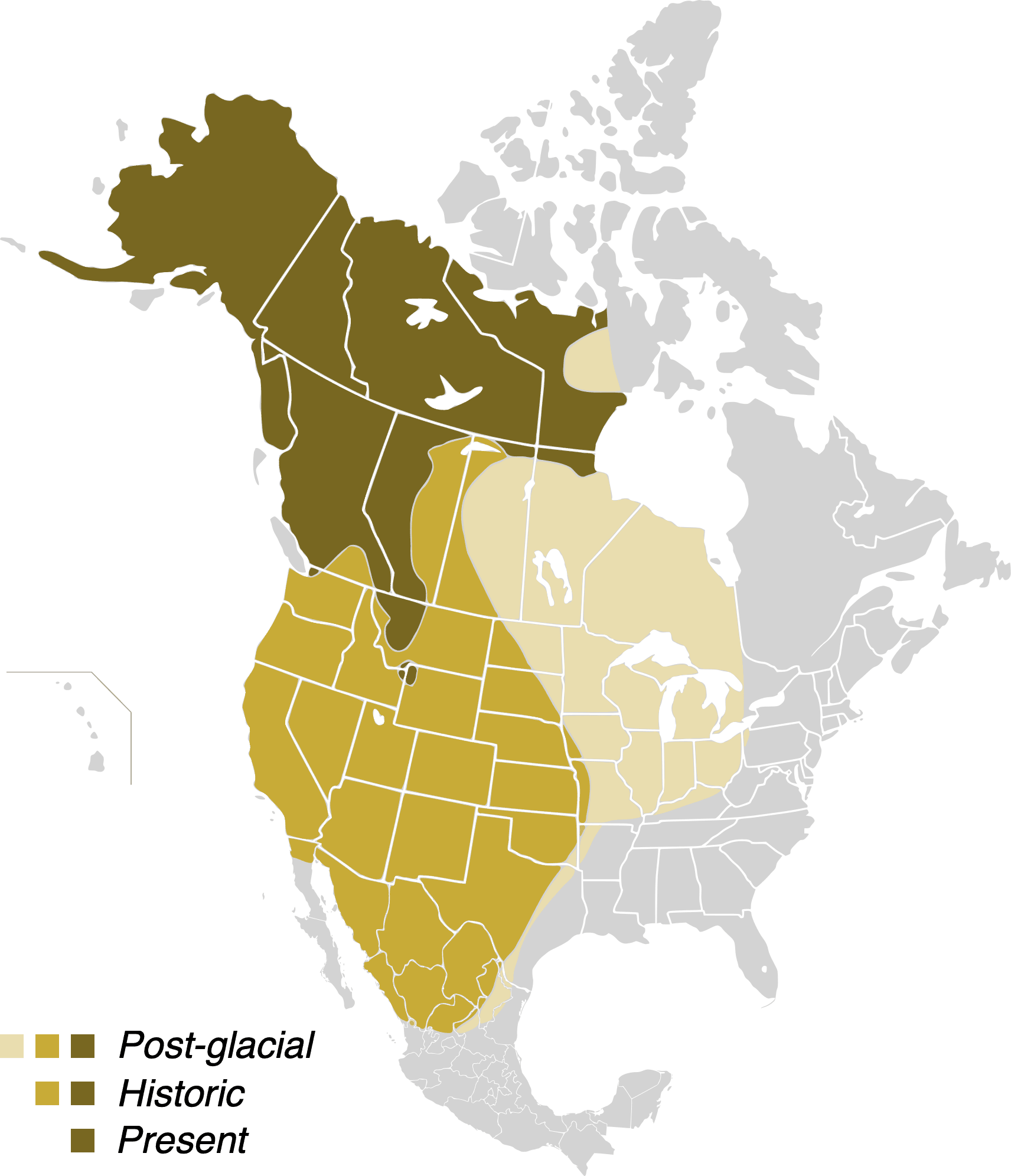
America’s once robust population of the mighty and fierce animals began declining in the 1800’s with the arrival of European settlers. Between 1850 and 1920, grizzly bears lost an estimated 95% of their American habitat, which once stretched from the Great Plains to the Pacific coast and the Mexican border through the Canadian border.
With some inland bears weighing up to 700 pounds, grizzlies not only competed for the same food sources as humans, but also posed a serious threat to their safety. In response to the threat, settlers in Colorado and across the western US nearly brought the species to extinction through unregulated hunting until the 1950’s when protective laws were first put in place.
But by then, it was too late to save what was left of the few remaining grizzly bears in Colorado.
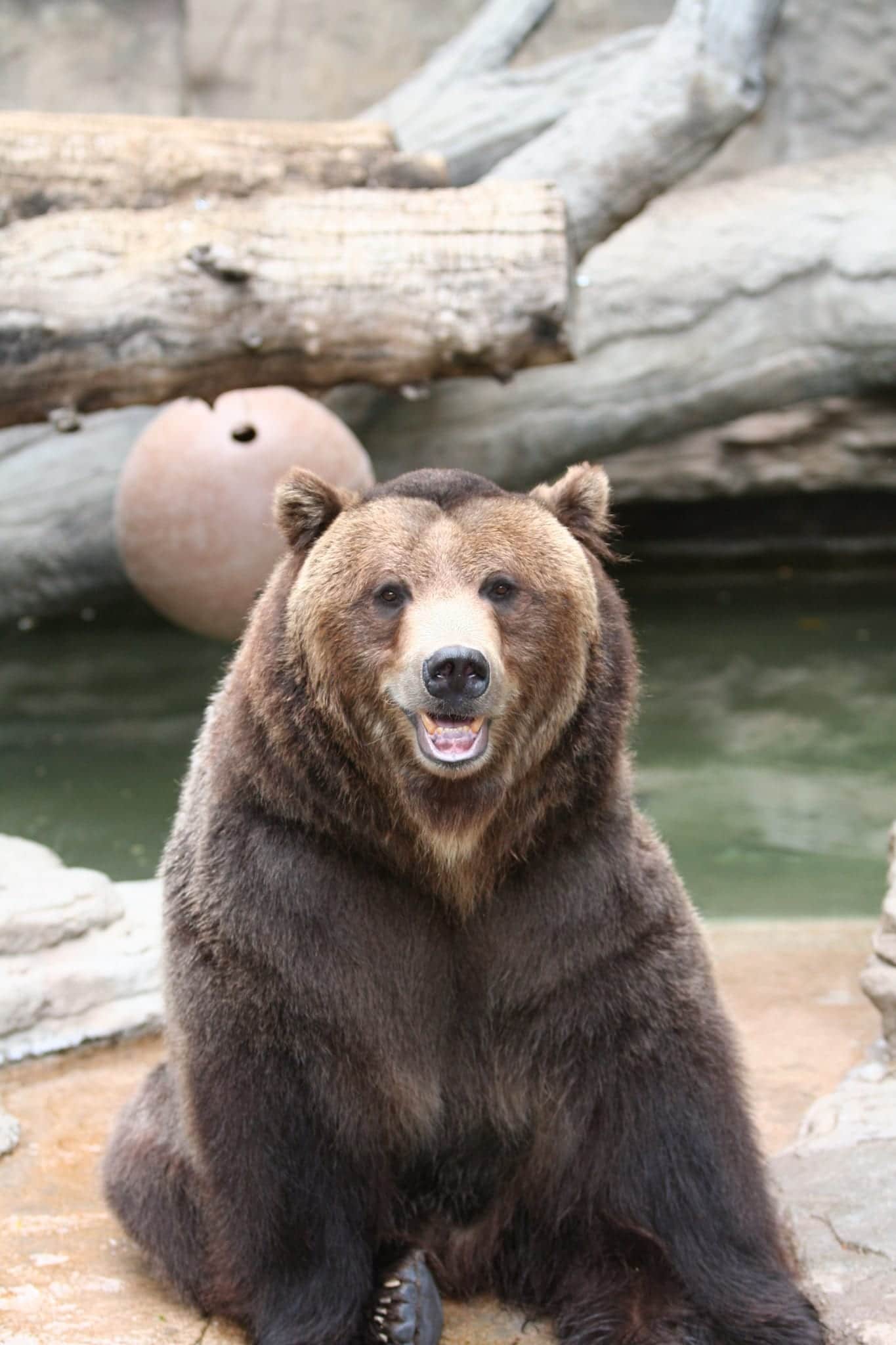
While grizzly bears are probably long gone from Colorado, they’re found in other parts of the US that are harder for humans to access, like the Northern Continental Divide and Yellowstone National Park. Their removal from Colorado speaks to an unavoidable truth about the state, that growing populations pose serious and sometimes irreversible risks to local wildlife.
Though some have advocated for grizzlies to be reintroduced to Colorado, many feel it’s a bad idea, including author David Peterson.
“The physical habitat is here, but the cultural, social, political habitat is not,” he told CPR.
Grizzly Bear Encounters in Colorado
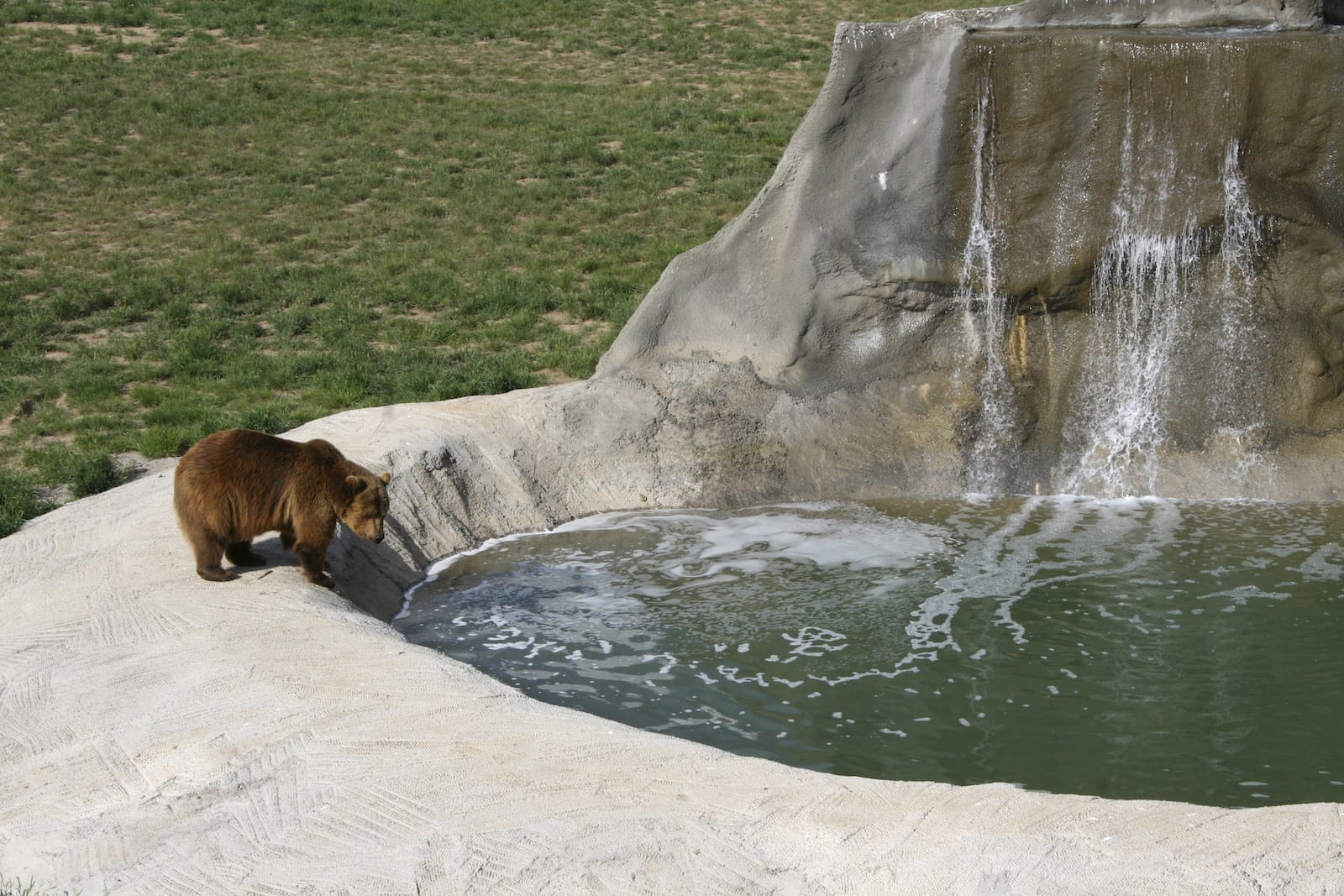
All the known grizzly bears are located either in zoos or an animal sanctuary. So, if you just want to get a closeup look at this mighty animal withs its iconic humpback, you can check out the following locations in Keenesburg, Denver, and Colorado Springs.
Locations like the Denver Zoo, accredited by the Association for Zoos and Aquariums (AZA), house displaced bears that need a new home. They do not breed any black or brown bears. But care for orphaned cubs and older rescued bears.
Denver Zoo – The Denver Zoo has one grizzly bear named Tundra living there, born around 2002. She came as an orphan from Alaska, and loves to solve puzzles and challenges that the zoo keepers test her with.
Wild Animal Sanctuary – Built on 789 acres of grassland in Keenesburg, northeast of Denver, the Wild Animal Sanctuary cares for over 500 big carnivores, including lions, tigers, wolves and bears. They also operate a Wildlife Refuge in Springfield, SE Colorado, which provides 9,684 forested acres for its rescues to live on. This second location is not open to the public.
Cheyenne Mountain Zoo – Located in Colorado Springs, the Cheyenne Mountain Zoo has two resident grizzlies, Emmett and Digger. You can opt for a “behind-the-scenes grizzly bear encounter” where you can toss food to the duo. Schedule this experience at least one week in advance.
Spotting a Grizzly Bear
Grizzly bears (Ursus arctos), or brown bears as they are also referred, have a few discerning characteristics over the black bear, which is prevalent in Colorado. First and foremost, they are generally larger, with males weighing upwards of 1500+ lbs, and 300 lbs on the low end. Females weigh slightly less.
It all depends on geography, as coastal grizzlies tend to be larger than interior ones. However, a male black bear can weigh upwards of 700 lbs as well, and females less, so you could spot a very large black bear, which can be cinnamon in color, and confuse the two. Grizzlies most distinctive feature is a strong shoulder hump, not seen on a black bear.
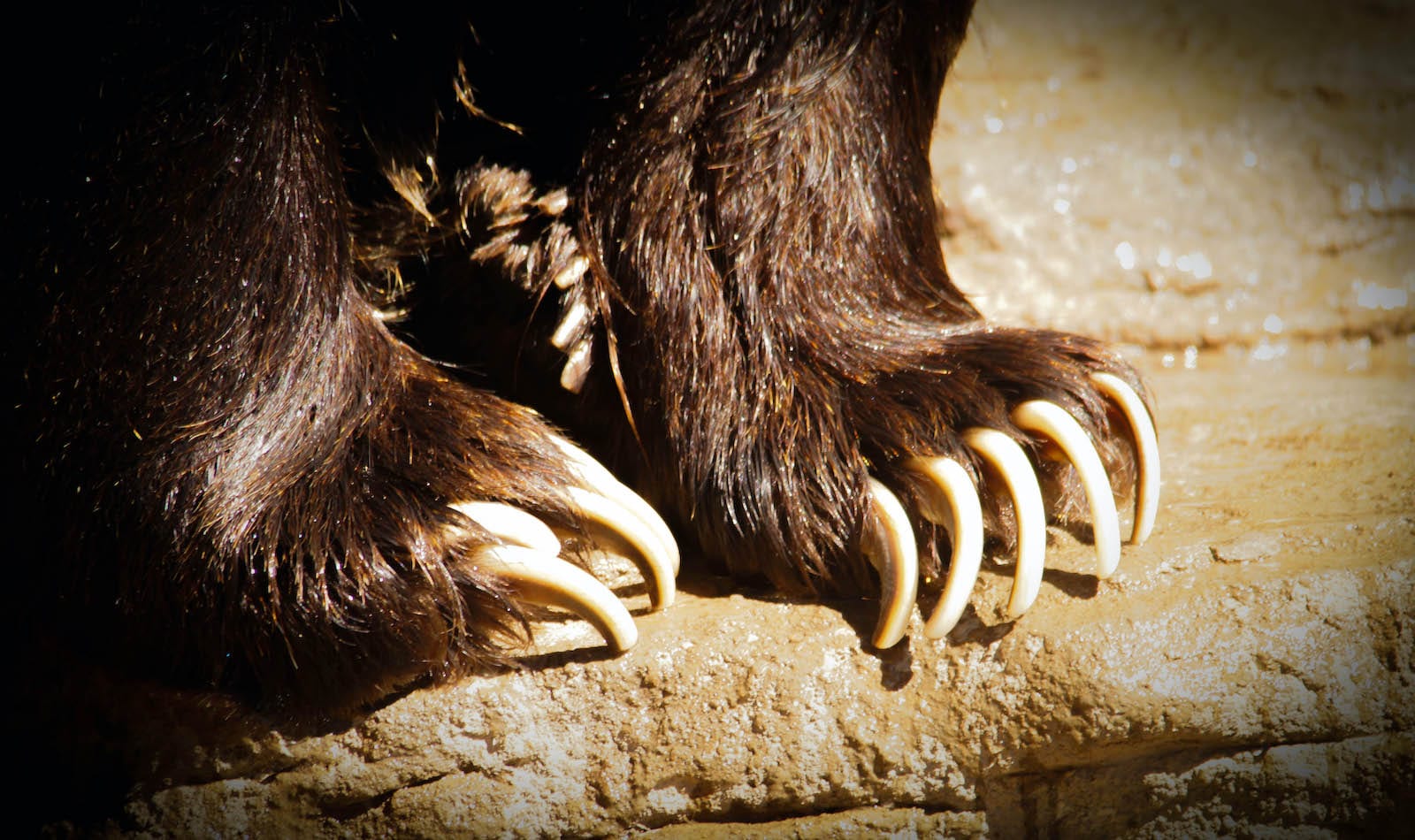
They span 3 to 9 feet in length, from tail to their big heads (with small rounded ears versus taller ears on a black bear). Although called brown bears, they can be black to blond in color, however, most are brown with grey streaks (or silver tips). Their claws can reach lengths of over 5 inches, curved for digging up roots, catching fish and slicing into food.
Grizzlies will often hibernate for around 6 months. When they do so, they reduce their heartbeat, body temperature, and don’t pee, poop, eat or drink during hibernation. They live off fat stores and make a poop plug. On the contrary, bears in a zoo setting will not likely hibernate because food is still plentiful.
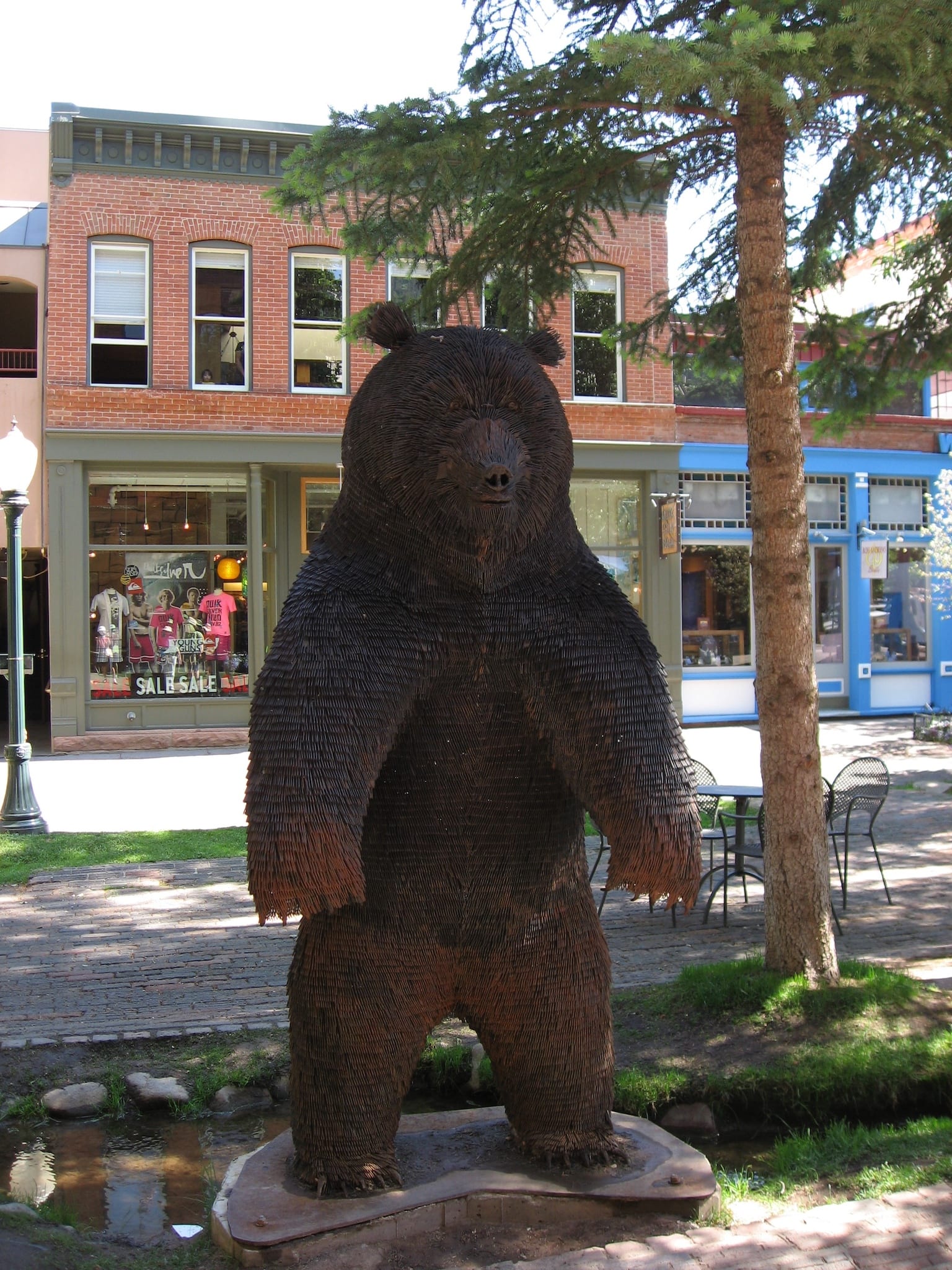
While chances are very, very high you’ll never spot a grizzly bear in the Colorado wild, there are plenty of other native wildlife to discover. You may also be wondering if there are any wolves in Colorado?
From black bears to mountain lions, and elk to moose, keep your eyes peeled and head on a swivel when exploring the Great Outdoors! And remember do not approach or feed the wildlife.











































